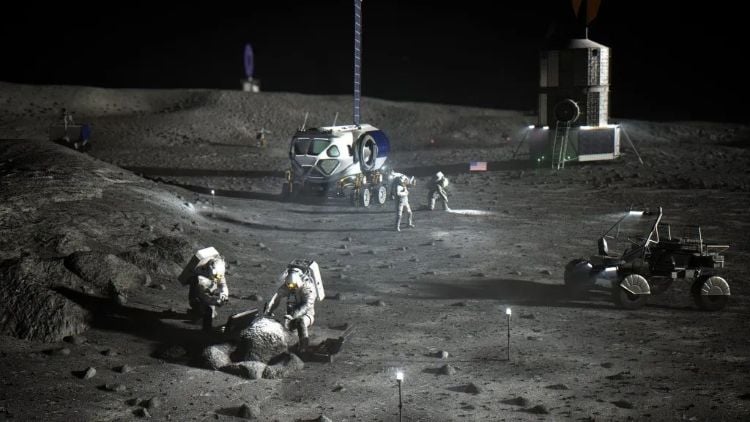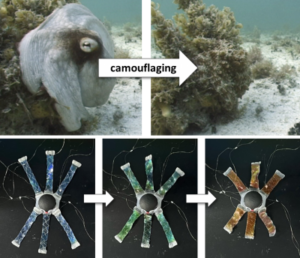
A recent study published in Acta Astronautica reveals how thermoelectric generators (TEGs) can significantly enhance power generation for future lunar habitats. Conducted by a team of researchers from the Republic of Korea, the study investigates a novel technique aimed at improving power efficiency and reliability in the Moon’s extreme conditions. This research is crucial for mission planners, engineers, and astronauts preparing for deep space exploration.
Exploring Lunar Conditions for Power Generation
The researchers analyzed how a new TEG system might operate under the Moon’s harsh surface conditions, particularly focusing on the drastic temperature fluctuations between lunar day and night. Temperatures can soar to 121°C (250°F) during the day and plummet to -133°C (-208°F) at night. Previous research indicated that these extreme temperature variations could enhance TEG efficiency through a process known as transient-state operation.
In their study, the team proposed the use of multiple heat storage (HS) systems to facilitate this process under lunar conditions. The findings were promising; the multiple-HS system demonstrated a remarkable 48.9 percent increase in power generation, suggesting that the Moon’s temperature range could be leveraged to support long-term habitats.
“Deep space exploration, including missions such as the establishment of human bases, especially on the Moon and Mars, has garnered significant interest worldwide,” the study states.
According to scientists involved in initiatives like the Artemis program, establishing a manned lunar base is vital for future explorations within the solar system. Consequently, generating sufficient power for such bases has become a focal point of ongoing research.
Comparing Power Sources for Lunar Missions
The study also assessed other potential power sources, including Radioisotope Thermoelectric Generators (RTGs). While RTGs have been successfully deployed on the lunar surface during the Apollo missions and are currently utilized by NASA’s Curiosity and Perseverance rovers on Mars, the researchers advise against their use for long-term missions due to the decay of radioactive isotopes.
Looking ahead, NASA plans to employ RTGs in its upcoming Dragonfly mission, set to launch in July 2028. The researchers also briefly mention the potential of solar and nuclear power as viable energy sources for lunar operations, with nuclear fission reactors previously suggested for deployment on the Moon.
The relevance of this study is amplified by NASA’s Artemis program, which aims to establish a sustainable human presence on the lunar surface. Continuous technological advancements on the Moon not only support human habitation but also lay the groundwork for future manned missions to Mars, as outlined in NASA’s Moon to Mars Architecture.
Utilizing a dependable power source on the Moon reduces reliance on transporting energy from Earth, thereby enhancing in situ resource utilization (ISRU). TEGs, by harnessing the Moon’s temperature variations, could play a fundamental role in this approach.
As humanity progresses towards establishing long-term settlements beyond Earth, studies like this highlight a growing interest in adapting Earth-based technologies for extraterrestrial applications. TEGs may serve as a foundational power source for lunar habitats until more advanced systems are developed.
The implications of thermoelectric power generation for lunar habitats could reshape our approach to deep space exploration in the coming years and decades. This research underscores the importance of innovation in ensuring sustainable human presence on the Moon and beyond.






